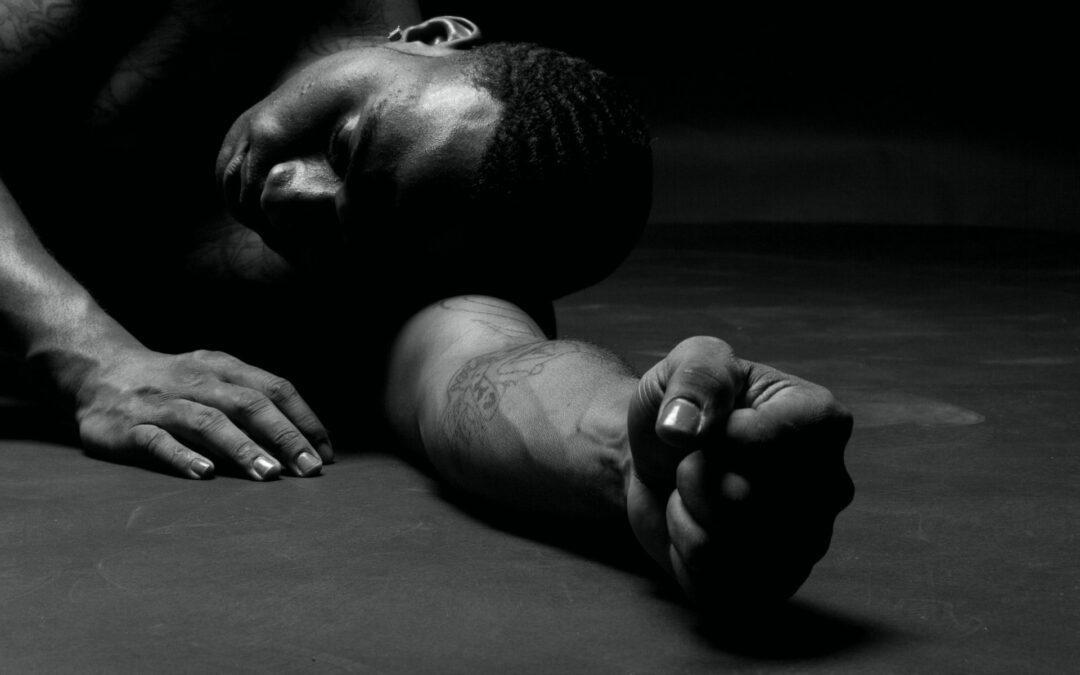The importance of active rest and recovery for athletes cannot be understated. After all, when it’s properly prioritized and utilized, it can help reduce injuries, improve performance, and prevent overtraining.
Active rest is defined as any activity that helps the body recover from training while still providing some benefit. This can include activities like yoga, Pilates, light cardio, or even just walking. The key is to find something that helps you stay fresh without overdoing it.
Recovery, on the other hand, is all about giving your body the adequate time it needs to repair and rebuild after training. This means getting plenty of sleep and eating a healthy diet. Using targeted massage therapy can also help to improve circulation, range of motion, and flexibility, all of which are crucial for athletes.
While both active rest and recovery are important, it’s important to find the right balance for you and understand the ideal recovery period for you. Continue reading to learn more.
The Length of the Ideal Rest and Recovery Period
There is simply no one-size-fits-all answer to the question of how much rest and recovery an athlete needs. It depends on the individual, their training schedule, the intensity of their workouts, and other factors. However, some general guidelines can help you determine how much rest and recovery you need.
Short-term rest and recovery refers to the period of time immediately after a workout. Meanwhile, long-term rest and recovery refers to the period of time between training sessions. Both are considered quite necessary.
The Comparison of Rest and Recovery Periods
Short-term rest and recovery is when your body is working to repair and rebuild muscle tissue from the previous workout. It’s important to get plenty of sleep and eat a healthy diet during this time. Overexerting the body immediately after training isn’t recommended.
Meanwhile, long-term rest and recovery is when your body is able to repair and rebuild muscle tissue fully, prepping the body before the next workout. During this time, it’s also important to get plenty of sleep and eat a healthy diet. Targeted massage therapy to help improve circulation and flexibility.
The Importance of Having a Rest Recovery Period
The importance of having a rest or recovery period after exercise cannot be understated. Both the physical and mental benefits of taking some time to relax and recover are essential to maintaining a healthy lifestyle.
On the physical side, recovery periods allow your body to repair and rebuild the tissue that has been broken down during exercise. This process is essential for maintaining muscle strength and preventing injuries. Additionally, recovery periods help to replenish energy stores that have been depleted during exercise.
On the psychological side, recovery periods provide a much-needed break from the stress of exercise. This can help to reduce anxiety and improve mood. Additionally, taking some time to relax can help to improve focus and concentration. This is essential for maintaining a high level of performance both in and out of the gym.
Conclusion
Athletes who do not incorporate active rest and recovery into their training regime are more likely to experience fatigue, reduced performance, and a greater risk of injury. Therefore, it is important for athletes to listen to their bodies and allow for adequate rest and recovery.
In need of massage therapy in Raleigh? Pro10 Rehabilitative Massage & Training offers a rehabilitative approach to helping people both get and stay out of pain through medical massage therapy and individualized personal training. Get in touch with us today!

